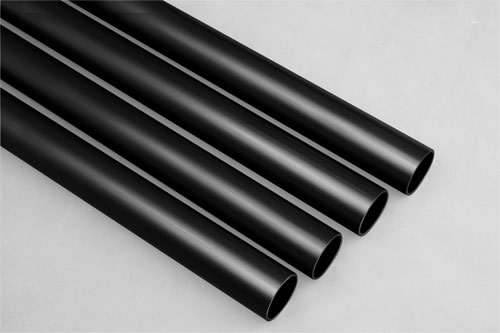Roughness of steel pipes
Roughness of steel pipesrefers to the machining surface has a smaller spacing and small valley roughness.
两种(间距)之间的距离(间距)小(1mm或更小)的两个峰或槽,难以区分肉眼,因此它属于微观几何误差。表面粗糙度越小,表面更平滑。机械部件性能的表面粗糙度的尺寸具有很大的影响。
钢表面粗糙度Ra通常表示。
Pipe surface roughness is mainly manifested in the following aspects:
- 磨损部件的表面粗糙度。表面粗糙的表面,具有较小的有效接触表面区域,压力越大,磨损越快。
- 表面粗糙度具有稳定性的性质。对于间隙合适,表面粗糙的表面,磨损越容易,因此工作过程差距增加;抗干扰拟合,因为组装将挤压微凸峰级,降低实际有效干扰,降低连接强度。
- 表面粗糙度疲劳强度的零件。槽表面的粗糙部分有一个大,它们看起来像突然间隙和裂缝,应力集中非常敏感,从而影响零件的疲劳强度。
- Surface roughness of parts corrosion resistance. Rough surface, easy to corrosive gas or liquid through the valley penetrate microscopic surface to the metal inner layer, resulting in surface corrosion.
- Surface roughness of the sealing parts. Rough surfaces can tightly fit between the gas or liquid through the gap between the contact surface leakage.
- 零件的表面粗糙度接触刚度。具有表面接触刚度的部件位于外力下,抵抗接触变形的能力。机器的刚度主要取决于各个部件之间的接触刚度。
- affecting the measurement accuracy of parts. Parts measured surface and measuring tools to measure surface roughness will directly affect the measurement accuracy, especially in precision measurement. In addition, the surface roughness of the part plated coating, thermal resistance and contact resistance, and radiation reflectance properties, resistance to the flow of liquids and gases, the flow of current conductor surface and so have different degrees.
